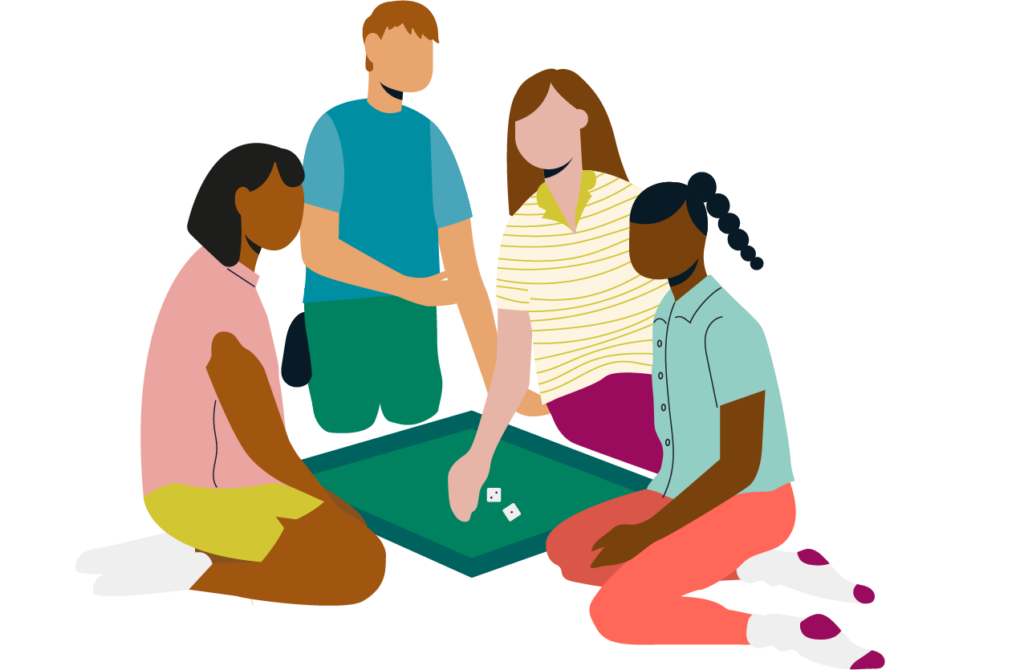Interoception advice
Interoception is a sense that allows us to notice internal body signals and use them as clues to our feelings. It is also responsible for allowing us to recognise our emotional states such as happy or sad.
It makes sense that the two might be connected, as with most emotions we get some form of physiological sensation, for example butterflies in your tummy when excited, heart racing or sweaty palms when anxious. Interoception allows us to interpret body sensation into meaningful states, so if our stomach feels hot, sore or rumbles then interoception would enable us to interpret this as ‘feeling’ hungry.
Some of the body sensations that interoception allows us to experience:
- Needing the toilet (bladder or bowel)
- Itch
- Hunger or being full
- Thirst
- Body temperature (hot or cold)
- Happy, sad, anger, fear, embarrassment or anxiety
- Affectionate touch (different to light or deep touch using the tactile system)
- Boredom
The interoceptive system has a role on our physical and emotional wellbeing. It is not surprising that it also directly impacts several other important skill areas.
Differences in interoception are very common and can lead to challenges in identifying exactly how one feels. Common signs of interoception differences can include difficulty with
recognising when hungry, full or thirsty, toilet training (daytime and/or night time), identifying when sleepy, pinpointing symptoms of illness, identifying emotions in self/others, recognising building signs of distress (before a full meltdown) and independently using coping strategies during times of distress
There are many easy strategies that can be incorporated into your daily routines that can improve your child’s interoception:
- Use ‘Interoception Talk’: Label the way your various body parts feel during daily activities (e.g. “My hand feels warm when you hold it or my breathing feels fast when I run with you”).
- Model your feelings and talk about what you can feel; so if you feel happy how you do know that? If you feel sad, what do you feel? Encourage your child to think about their feelings and to name them if they can.
- Encourage your child’s ‘Interoception Attention’: This would include encouraging your child to notice how various body parts feel during different daily activities; e.g. “How do your hands feel when you are holding a glass of ice water? How do your eyes feel at bedtime?”
- Body scans: Get your child (or you could do this first) to start with their head and describe what they can feel. Move down the body. If your child finds this really hard, start with only one body part, choosing big sections such as arms, trunk, legs and slowly break it into smaller parts over a few times of practicing the activity.
- Squeeze and Loosen: contract the muscles and squeeze each body part and then relax before moving onto the next; forehead, hands, toes, mouth, cheeks, eyes, legs, arms, shoulders, back.
- Gym ball rolling: roll the child over the top of a gym ball lying on their tummy just before toileting along with a body scan of the lower abdomen. It is really effective for toilet training relating to poor interoception. Playing on their tummy, or a gym ball being rolled over them when lying on their front or rhythmical bouncing on when sat on the ball can be useful for increased feedback.
- Mindfulness activities
- Yoga
- Focussed area activities: activities that focus on specific areas of the body and the sensation can be useful. For example being aware of differing lighting in a building, exploring scent, and recording voices being soft, loud, and hoarse and so on.
References: · https://www.spdstar.org/sites/default/files/fileattachments/Interoception_Info_Sheet_7_17_0.pdf
· Mahler, K; Interoception: The Eighth Sensory System · https://en.wikipedia.org/wiki/Interoception · https://human-memory.net/insula/ · www.kelly-mahler.com
